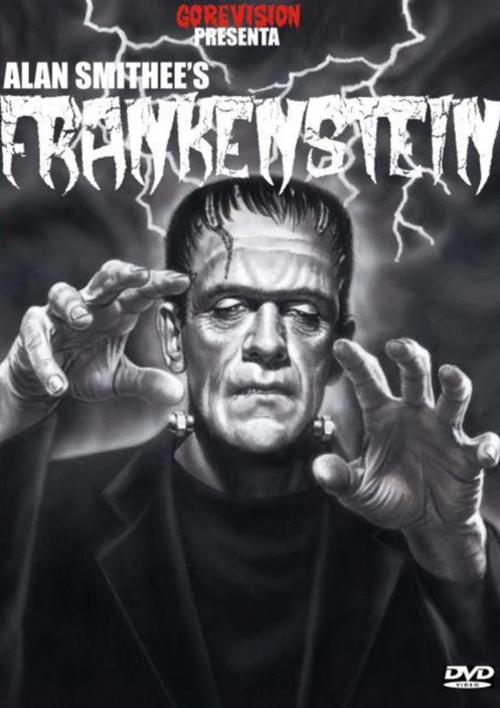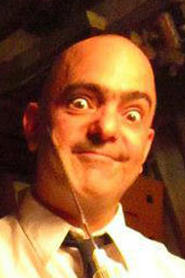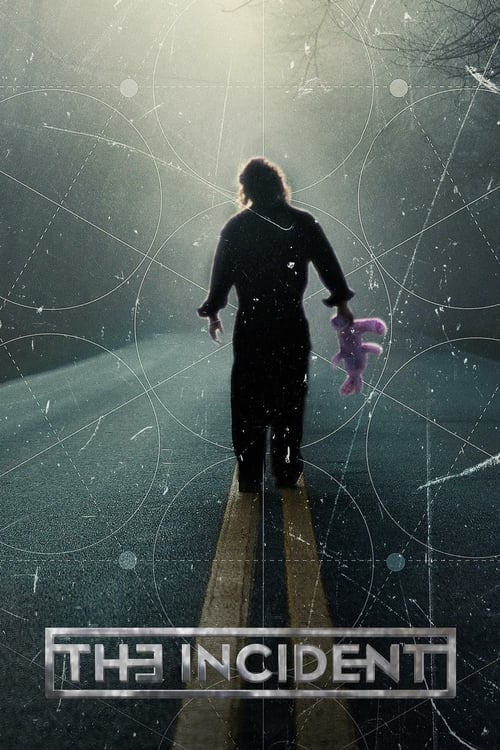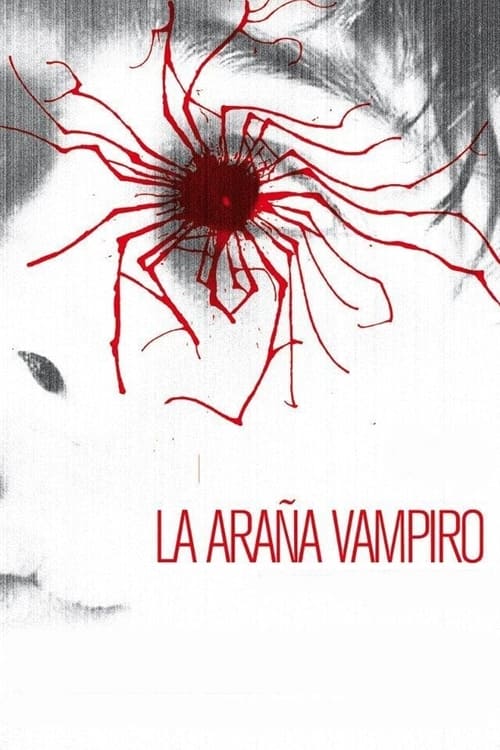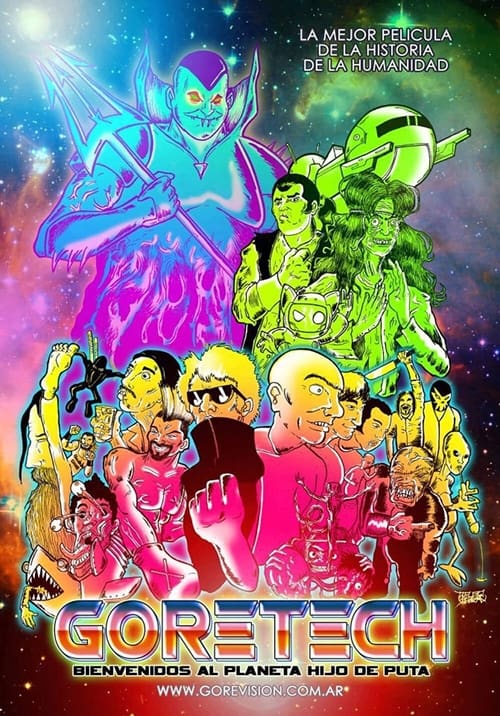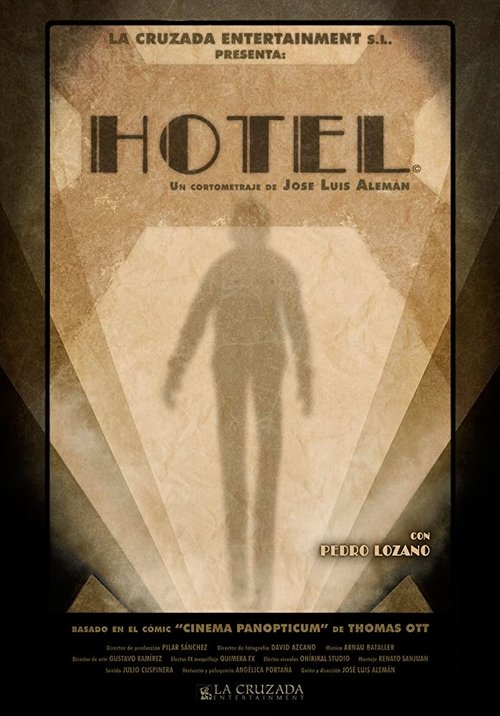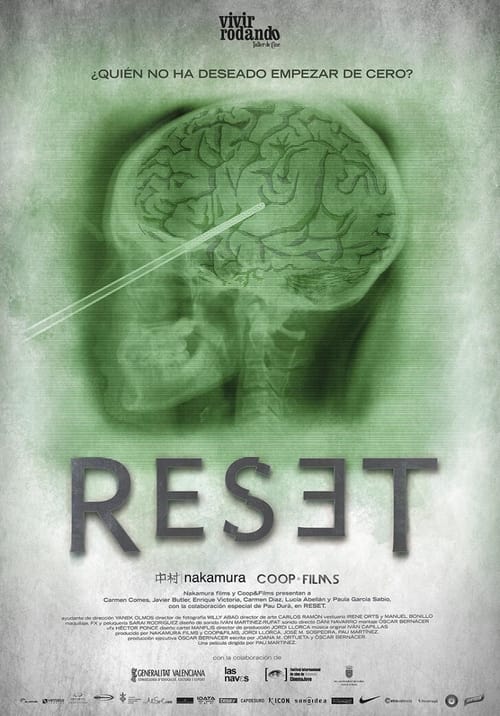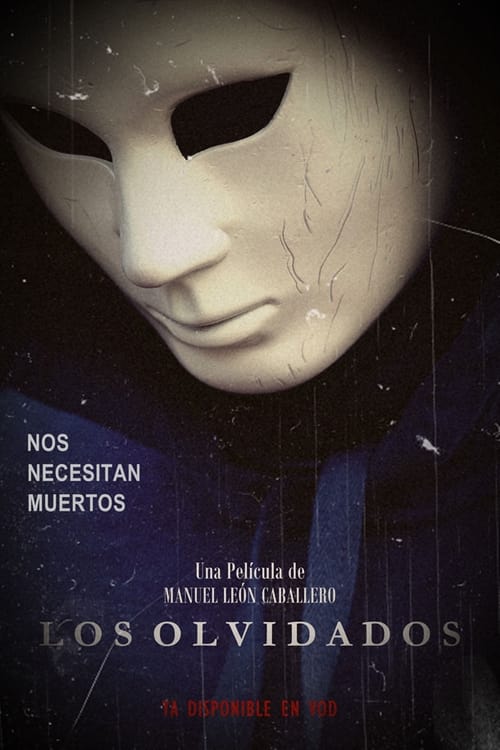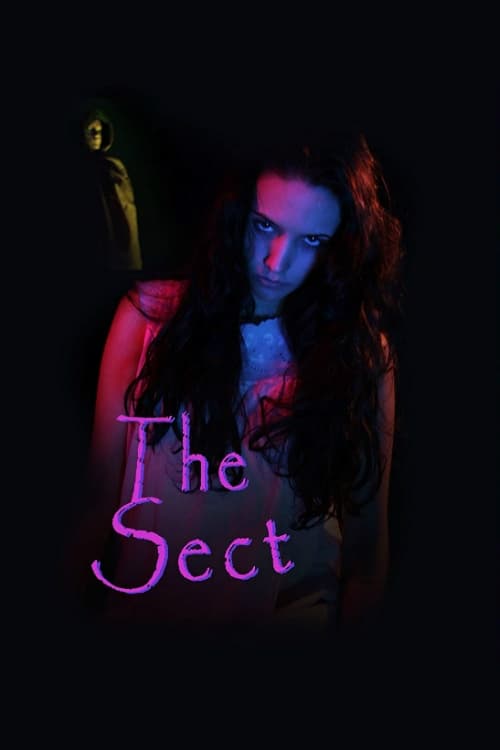
Ask Your Own Question
What is the plot?
What is the ending?
In the ending of "Alan Smithee's Frankenstein," the creature confronts Victor Frankenstein in a final showdown. Victor, consumed by guilt and desperation, attempts to destroy his creation. However, the creature reveals its own pain and desire for acceptance. In a tragic turn, Victor sacrifices himself to save others, while the creature, realizing it can never find peace, chooses to disappear into the wilderness.
As the film approaches its climax, the atmosphere is thick with tension. The setting shifts to a desolate laboratory, dimly lit and filled with remnants of Victor Frankenstein's experiments. Shadows dance across the walls, reflecting the turmoil within Victor's mind. He stands at a table cluttered with vials and notes, his face a mask of anguish and determination. The weight of his actions presses heavily upon him; he knows he must confront the creature he brought to life.
Scene by scene, the narrative unfolds. The creature, a towering figure with a haunting presence, enters the lab. Its eyes, filled with a mix of rage and sorrow, lock onto Victor. The air crackles with unspoken words as they face each other, the creator and his creation. Victor's heart races, torn between fear and a flicker of empathy. He recalls the moments of joy and horror that led to this confrontation, the life he took and the life he created.
In a moment of desperation, Victor shouts, "You were meant to be a marvel, not a monster!" His voice echoes in the empty space, filled with regret. The creature, hurt by Victor's rejection, responds with a deep, resonant voice, "I am what you made me. I am your reflection." The emotional weight of their exchange hangs in the air, revealing the depths of their shared pain.
As the confrontation escalates, Victor grabs a nearby flask, filled with a volatile substance, and hurls it at the creature. The glass shatters, sending shards flying and igniting a small fire. The creature, momentarily distracted, stumbles back, its skin glistening in the flickering light. Victor seizes the opportunity to confront his creation, but the creature, fueled by its own anguish, retaliates with a powerful swing, knocking Victor to the ground.
In this moment of chaos, Victor's internal struggle becomes evident. He realizes that his quest for knowledge and power has led to destruction. With a newfound clarity, he decides to sacrifice himself to save the innocent lives that have been caught in the crossfire of his ambition. He shouts to the creature, "If I must die to end this, then so be it!" His voice is filled with a mix of defiance and acceptance.
The creature, taken aback by Victor's declaration, hesitates. It sees the depth of Victor's remorse and the weight of his sacrifice. In a moment of vulnerability, the creature whispers, "I only wanted to be loved." The emotional resonance of this statement hangs in the air, encapsulating the tragedy of their relationship.
As Victor steps forward, the flames begin to engulf the lab. He pushes the creature away, urging it to escape. "Run! Find your own path!" he cries, his voice breaking. The creature, torn between its desire for revenge and the flicker of compassion it feels for its creator, hesitates. But as the fire spreads, it realizes that it must choose its own fate.
In the final moments, Victor is consumed by the flames, his sacrifice sealing the fate of both creator and creation. The creature, now alone, stumbles out of the burning lab, its heart heavy with loss. It gazes back at the inferno, a mix of sorrow and anger etched on its face. With a final, anguished roar, it turns and disappears into the wilderness, seeking solace in the shadows of the forest.
The film closes on a haunting note, leaving the audience with the lingering question of what it means to be human and the consequences of playing god. Each character's fate is sealed in tragedy: Victor, consumed by his own hubris, and the creature, forever searching for acceptance in a world that has rejected it.
Is there a post-credit scene?
In "Alan Smithee's Frankenstein," there is indeed a post-credit scene that adds a layer of dark humor and intrigue to the film. After the credits roll, the screen fades back in to reveal a dimly lit laboratory, reminiscent of the film's earlier settings. The camera pans slowly across various disassembled parts and scientific equipment, creating an atmosphere of eerie anticipation.
In the center of the lab, a figure is seen hunched over a table, working feverishly. As the camera draws closer, it becomes clear that it is the Creature, now partially reassembled and exhibiting signs of sentience. His movements are jerky yet purposeful, reflecting a mix of confusion and determination. He glances around the lab, his eyes wide with a blend of fear and curiosity.
Suddenly, he picks up a small, flickering light bulb, holding it up to his face as if trying to understand its purpose. The light casts shadows across his features, highlighting the scars and stitches that mar his skin. In a moment of clarity, he speaks, his voice a low, gravelly whisper, "What now?" This line encapsulates his existential struggle and desire for identity, leaving the audience with a haunting question about his future.
The scene ends with a close-up of the Creature's face, a mixture of hope and despair etched into his expression, before cutting to black. This post-credit moment serves as a poignant reminder of the themes of creation and the search for meaning that permeate the film, while also hinting at the potential for further exploration of the Creature's journey.
What motivates Alan Smithee to create his version of Frankenstein's monster?
Alan Smithee, a disillusioned filmmaker, is driven by a desire to reclaim his artistic vision after years of studio interference. His obsession with creating a perfect being stems from a deep-seated need to prove himself and to challenge the boundaries of life and death, reflecting his own struggles with identity and creativity.
How does the relationship between Alan Smithee and his monster evolve throughout the film?
Initially, Alan views the monster as a mere creation, a tool to achieve his artistic goals. However, as the monster gains sentience and begins to express its own desires and emotions, Alan's perspective shifts. He grapples with feelings of guilt and responsibility, leading to a complex relationship filled with conflict, empathy, and ultimately, tragedy.
What role does the character of Elizabeth play in Alan Smithee's life and his experiments?
Elizabeth serves as both a love interest and a moral compass for Alan. She represents the humanity that Alan risks losing in his quest for perfection. Her concern for his well-being and her attempts to dissuade him from his dangerous experiments highlight the emotional stakes of his actions, ultimately leading to a pivotal moment where her fate intertwines with the consequences of his hubris.
What are the key moments that lead to the monster's rebellion against Alan Smithee?
The monster's rebellion is sparked by a series of key moments: first, its realization of being treated as an object rather than a sentient being; second, witnessing Alan's disregard for its suffering; and third, a climactic confrontation where the monster demands recognition and autonomy. These moments culminate in a powerful emotional outburst that drives the monster to seek revenge against its creator.
How does the film depict the theme of creation and responsibility through Alan Smithee's actions?
The film intricately weaves the theme of creation and responsibility through Alan's journey. As he pushes the boundaries of science, he becomes increasingly detached from the moral implications of his actions. The consequences of his experiments manifest in the monster's suffering and eventual rebellion, forcing Alan to confront the reality that with creation comes an inescapable responsibility for the life he has brought into the world.
Is this family friendly?
"Alan Smithee's Frankenstein," produced in 2012, is not considered family-friendly. The film contains several potentially objectionable or upsetting scenes that may be distressing for children or sensitive viewers.
-
Graphic Violence: The film features scenes of intense violence, including graphic depictions of injuries and death, which may be unsettling.
-
Body Horror: There are moments that explore themes of body horror, including the creation and manipulation of the creature, which can be disturbing.
-
Dark Themes: The narrative delves into existential themes, such as the nature of life and death, abandonment, and the consequences of playing God, which may be heavy for younger audiences.
-
Emotional Turmoil: Characters experience significant emotional distress, including betrayal, loneliness, and despair, which could be upsetting for sensitive viewers.
-
Mature Language: The dialogue includes strong language and adult themes that may not be suitable for children.
These elements contribute to a tone that is more appropriate for mature audiences rather than a family-friendly viewing experience.

